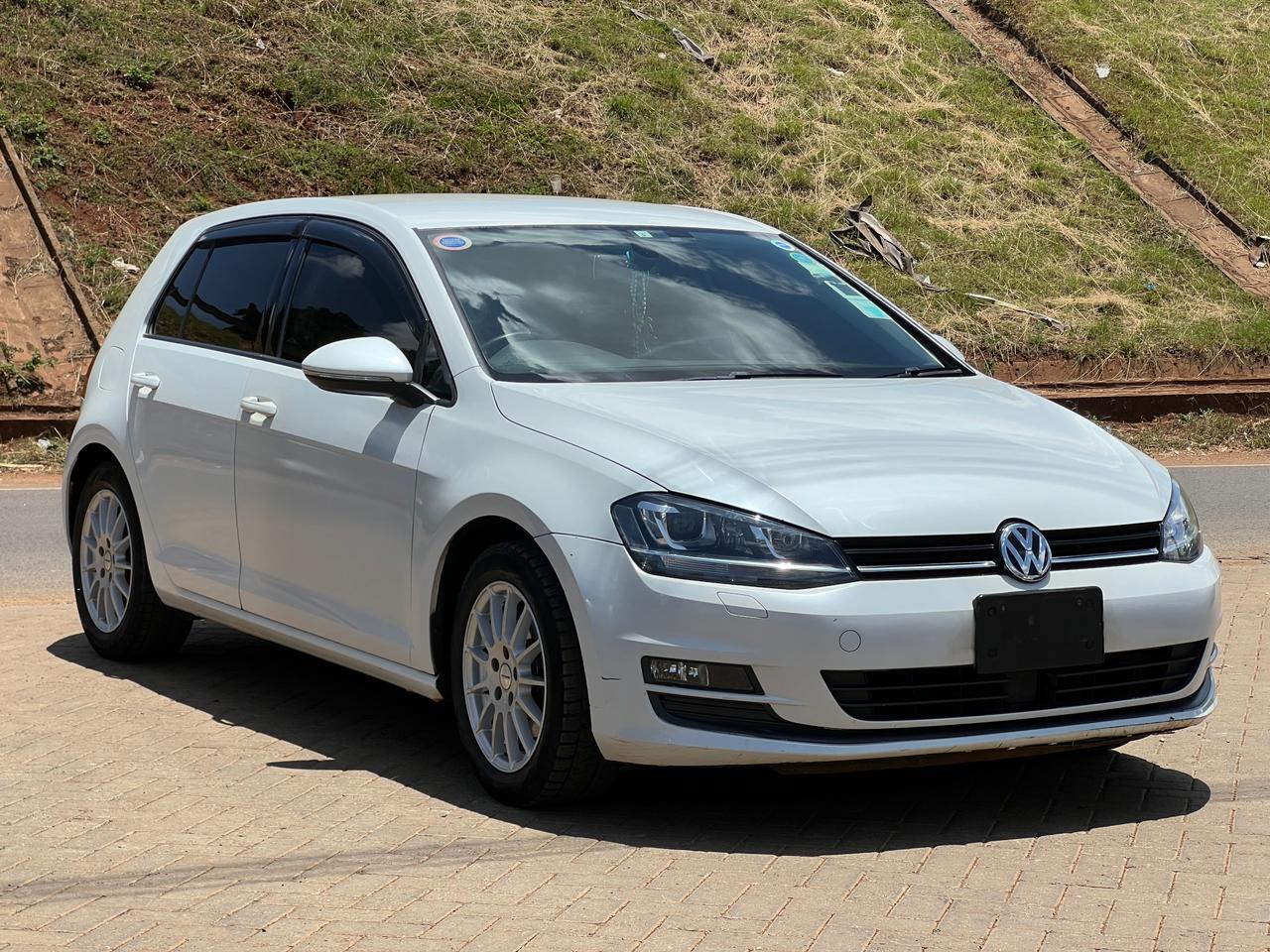🇯🇵 How to Import a Car from Japan to Kenya in 2025 (Step-by-Step Guide)
🇯🇵 How to Import a Car from Japan to Kenya in 2025 (Step-by-Step Guide)
🚘 Why Kenyans Love Japanese Car Imports
When it comes to importing cars into Kenya, Japan remains the #1 source — and for good reason. Japanese cars are known for:
-
✅ Affordability
-
✅ Fuel efficiency
-
✅ Reliability and long lifespan
-
✅ A wide variety of models
-
✅ Easy access to genuine spare parts in Kenya
Whether you're eyeing a Toyota Axio, Nissan Note, Subaru Forester, or Honda Fit, chances are it’s cheaper in Japan than anywhere else.
However, many Kenyans still don’t understand the full import process, which leads to delays, hidden charges, or even scams.
This article breaks everything down into 8 simple steps — so you can import your dream car in 2025 without stress or surprise costs.
📋 Step 1: Understand KRA Rules & Vehicle Eligibility
Before you fall in love with a car on a Japanese website, make sure it meets Kenyan import standards.
🇰🇪 KRA Car Import Rules for 2025:
-
🔞 Age limit: Only cars 8 years old or newer can be imported. For 2025, that means cars from 2017 onwards.
-
🛑 Right-hand drive (RHD) only: Left-hand drive cars are prohibited (except in special cases).
-
🔍 Pre-shipment inspection: Must pass QISJ, JEVIC, or AutoTerminal inspection in Japan.
-
🧾 Ownership documents: Original logbook and de-registration certificate are required.
✅ If your car doesn’t meet these requirements, KRA will not allow clearance, and you could lose your investment.
🏪 Step 2: Find Your Ideal Car in Japan
There are thousands of reliable exporters and auction houses in Japan — but not all are trustworthy.
🧭 Recommended Platforms:
These sites let you:
-
Search by make, model, year, price
-
View photos, specs, and mileage
-
Contact sales agents in English
-
Pay via bank transfer or card
🔎 Key Things to Check:
-
Manufacturing year (not just registration year)
-
Mileage (below 120,000 km is ideal)
-
Grade (interior/exterior condition)
-
Service history or auction report
📄 Step 3: Verify & Pay for the Car
Once you’ve chosen a car, ask the dealer for:
-
🚘 Full vehicle details
-
📄 De-registration certificate (from Japanese government)
-
📸 Auction sheet (shows condition)
-
✅ Confirmation that it passed pre-export inspection (JEVIC/QISJ)
-
💳 Bank invoice and payment instructions
⚠️ Avoid Scams!
Only use:
-
Official company websites
-
Registered exporters (JUMVEA members)
-
Secure bank wire transfers — avoid Western Union or mobile money
Once you pay, the exporter will:
-
Ship the car
-
Send you documents via DHL (logbook, Bill of Lading, inspection certificate)
🔍 Step 4: Pre-Export Inspection (Mandatory)
This inspection proves the car is roadworthy and meets Kenyan standards. It must happen before the car leaves Japan.
🛠️ Authorized Inspection Companies:
Once passed, you'll get:
-
An Inspection Certificate
-
Assurance that no fines or re-export penalties await at Mombasa
🚢 Step 5: Shipping the Car to Kenya
Cars from Japan are usually shipped via RoRo (Roll-on Roll-off) vessels — it’s fast and affordable.
🚢 Main Ports of Departure in Japan:
-
Yokohama
-
Nagoya
-
Kobe
-
Osaka
⏱️ Transit Time:
-
About 28 to 40 days to Mombasa Port
Once shipped, you'll receive:
-
Bill of Lading
-
Inspection certificate
-
Export certificate
-
Invoice/receipt
💰 Step 6: KRA Duty & Tax Estimation
Before your car arrives in Kenya, use KRA’s CRSP (Current Retail Selling Price) and valuation rules to calculate your taxes.
📊 Major Charges:
-
Import Duty – 25% of the customs value
-
Excise Duty – 20% to 35%, based on engine size & fuel type
-
VAT – 16%
-
Import Declaration Fee – 2%
-
Railway Development Levy – 1.5%
💡 Use a KRA calculator like the one on Code & Clutch to get your estimated tax breakdown.
🔢 Sample Formula:
CRSP – Depreciation – Freight → Customs Value → Apply % taxes → Total Payable to KRA
🚛 Step 7: Clearing Your Car at the Port
You’ll need a licensed clearing and forwarding agent to handle:
-
Port documentation
-
KRA customs process
-
Duty payments
-
KEBS validation
-
NTSA registration & number plates
Clearing costs range from KSh 70,000 to KSh 120,000, depending on complexity and agent fees.
⏱️ Clear the car within 14 days or risk:
-
Storage fees
-
Demurrage charges
-
Auctioning by KPA!
📞 Need help? Code & Clutch offers affordable clearance with verified agents.
🧾 Step 8: Registering the Car with NTSA
After clearance, your car must be registered with NTSA and issued a Kenyan logbook.
📝 What’s needed:
-
Original logbook
-
KRA PIN
-
Import documents
-
KRA payment receipt
-
NTSA TIMS registration
After a few days, you’ll get:
-
New Kenyan number plates
-
Official NTSA logbook
📈 How Much Will It Cost? Sample Breakdown (Toyota Fielder 1500cc – 2018)
| Item | Estimated Cost (KES) |
|---|---|
| Car Price (FOB) | 750,000 |
| Shipping & Insurance | 120,000 |
| Inspection & Export Docs | 25,000 |
| Import Duty & Taxes (KRA) | 500,000 |
| Clearing Agent & NTSA Reg | 100,000 |
| Total Estimated Cost | KSh 1.495M |
🧠 Common Mistakes to Avoid
-
Buying a car older than 8 years
-
Skipping pre-export inspection
-
Sending money to unverified exporters
-
Not calculating full KRA duties
-
Failing to clear in time at Mombasa
🚀 Pro Tips from Code & Clutch
-
Always double-check year of manufacture, not registration
-
Use auction grade 4+ for cleaner vehicles
-
Pay attention to freight insurance
-
Join import forums or follow Code & Clutch for community advice
📲 Ready to Import? Let Us Help
Code & Clutch is more than just a blog. We offer:
-
KRA Tax Estimation Calculator
-
Pre-import consultation
-
Verified Japan car sellers
-
Reliable clearing agents in Mombasa
-
Integration with Pesapal for secure payment options
-
Native mobile app to track your car and get help 24/7
📞 Contact Us:
-
WhatsApp: 0717423659
-
Email: connectkenyacars@gmail.com
📦 Summary Checklist
✅ Car is 2017 or newer
✅ Right-hand drive
✅ Inspected before shipment
✅ Documents are authentic
✅ KRA taxes are calculated and paid
✅ Cleared and registered in Kenya





Comments